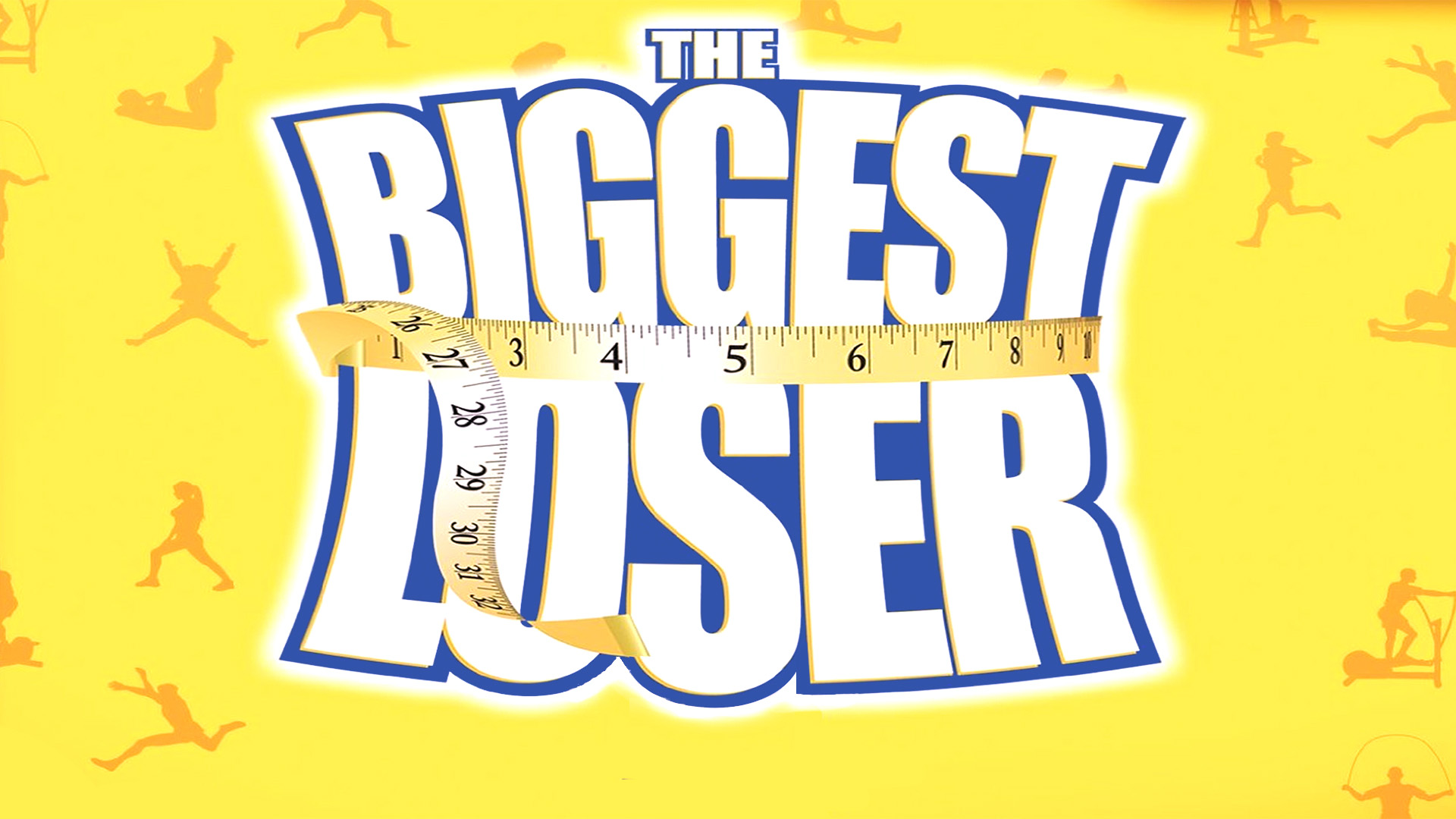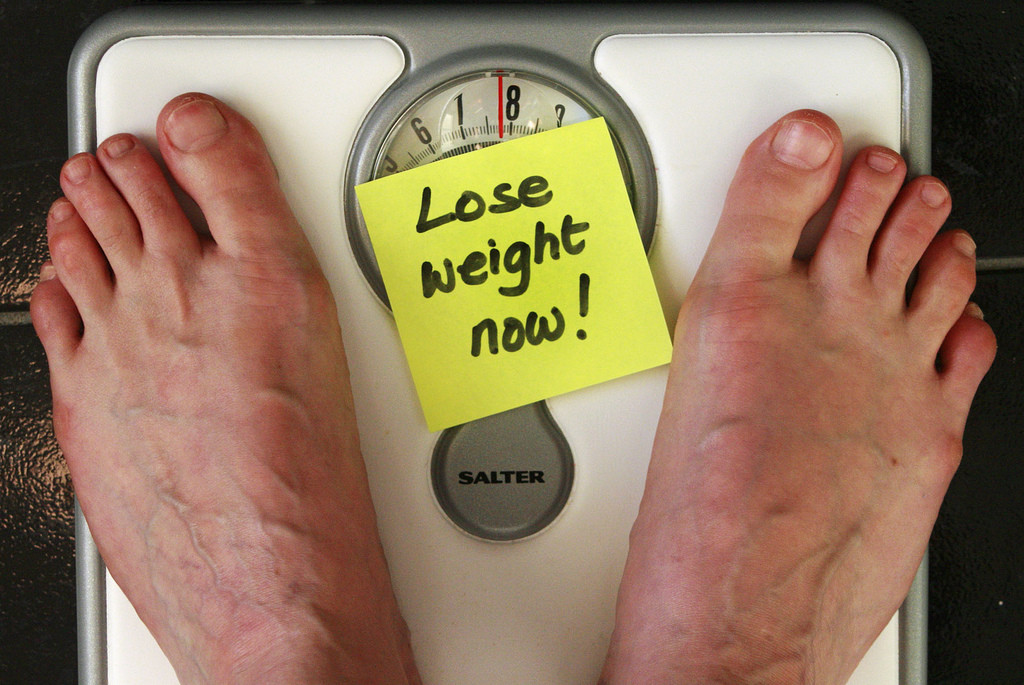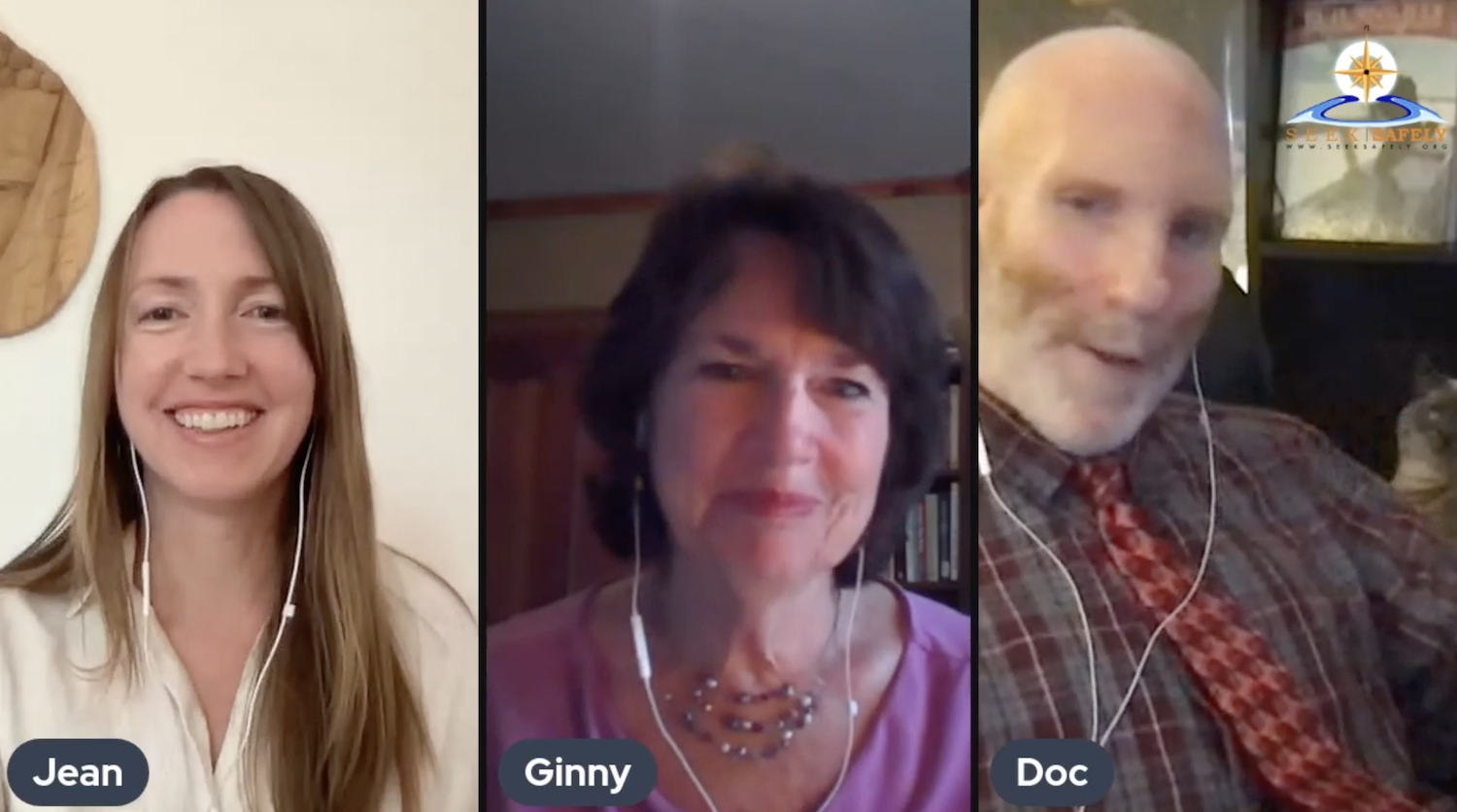
Are you a fan of “The Biggest Loser,” the hugely popular weight loss “reality” TV show? Severely obese contestants compete to see who can lose the most weight during the course of the show’s season, after a gruelling workout and diet regimen that’s documented on the show.
Shock Value
The show’s success has gone well beyond its viewership, launching a “Biggest Loser” empire of weigh loss products, supplements, exercise equipment. It has also created celebrities of the on-air trainers, who have become their own weight-loss/wellness brands. Some of the transformations are truly shocking–contestants dropping hundreds of pounds over the course of about 7 months total. The show thrives on extremes–extreme exercise and dieting, extreme weigh-loss. Pushing contestants to their absolute extreme makes for the most compelling TV. However, some former contestants have spoken out about the unhealthiness of the process, and the questionable techniques used by the trainers and producers to “encourage” the participants to lose the weight. Jillian Michaels, the most famous trainer on the show, left, vaguely citing differences with the producers over how she felt things should go, and concern over the extreme weight-loss of the show’s most recent winner.

“Lose Weight Now” from user Alan Cleaver on Flickr
Similarities with Self-help Events
But what do we care–this is a weight-loss show! While reading this NY Post article with some of these critiques, I was struck by the similarities between what’s allegedly happening on the show and what goes on at some of the more dangerous self-help events:
- Shaming and verbal abuse
- Isolation
- Deprivation, of food, water, and sleep
- Encouragement to ignore signs of physical distress
- Affirmation, even “brainwashing,” that participants are “lucky” to be having this rare and exclusive experience
- Ludicrous waivers that participants must sign
Another big similarity between the show and self-help events is the type of person they attract. In both cases, it is people who are highly motivated to make big changes in their lives who enter into these challenges. While the desire to make positive change can be a strength, it can also be a vulnerability because they are open to the challenges put in front of them. As we saw in Sedona at James Ray’s Spiritual Warrior event, and as we’ve learned of other self-help events, these tactics are used purposefully to exploit the willingness of participants and put them into a weakened, suggestible state. The goal at self-help events is to usually encourage the participants to buy further into the program–purchase more books, CDs, sign up for more events or personal coaching.
Keeping it Safe and Positive
But there’s no denying that many people find “The Biggest Loser” inspirational. This is also true for even dangerous self-help “gurus”–they are often very motivational, and people still gain many positive take-aways from their books and events. I see “The Biggest Loser” example as a good reminder of how important it is to protect yourself when you willfully enter into a state of change. The fact that you want to make positive changes in your life shows that you are a strong person. When entering into a program of change, it’s important to own that power and arm yourself against the possibility of being exploited along that journey.  This is the driving purpose behind SEEK–we want everyone to have a safe and positive self-help experience. Consult the Empowerment Guide. Be aware of your vulnerability, know what you’re getting into, ask questions of your guru or self-help program, be aware of the exploitative and dangerous tactics that have been used at questionable self-help events. Don’t be a self-help loser!
This is the driving purpose behind SEEK–we want everyone to have a safe and positive self-help experience. Consult the Empowerment Guide. Be aware of your vulnerability, know what you’re getting into, ask questions of your guru or self-help program, be aware of the exploitative and dangerous tactics that have been used at questionable self-help events. Don’t be a self-help loser!





